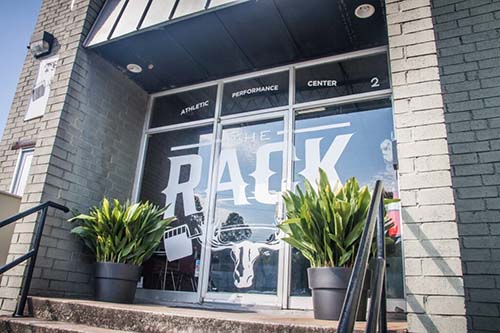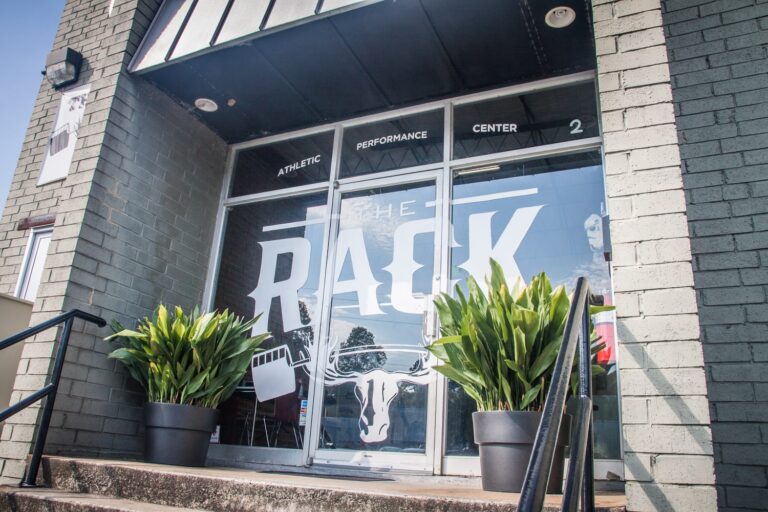The Bench Press Part 2: Specialization Exercises

Generally speaking, the ability to lift a given weight in any given exercise is the combined function of the strength of the muscles performing the movement and the leverage those muscles have to perform the movement. Two lifters with equal strength but unequal leverage in any given lift would not have the same ability in that lift. Conversely, two people could conceivably lift the same amount of weight if the strength advantage of one offsets the leverage advantage of the other.
One example of leverage that is often overlooked is wrapping the elbows/arms. Typically most lifters would say that they wrap their arms for an advantage to make them easier to extend. Upon deeper examination, this misses the main point talked about a lot by old-school legends like Paul Anderson. Wrapped arms are thicker, so when a lifter reaches the bottom position (bar on the chest) of the bench press the thickening of the arms provides leverage from which the arms more easily be propelled upwards.
The logical conclusion to reach from this is that since limited wrapping is allowed (depending on what style of lifting you are competing in) an effective way to increase your bench press is to increase the size of your arms. Larger arms and thicker shoulders increase your ability to bench press, irrespective of any gains in strength. Despite how uncommon and neglected this concept is, it is still often overlooked and undervalued by most lifters.
Here in part 2, we will explore this rationale in more detail.
There are two key ways to increase your ability in the drive from the chest phase of the bench press: 1) strengthening the muscles utilized in the movement. 2) Improving the leverage with which the mechanical work of the bench press is done.
First, let’s analyze the leverage positions. At the bottom position in the bench press, the latissimus dorsi, the teres major and minor are wedged solidly against the triceps. The biceps are supporting the musculature of the forearms.
Any exercises to increase the size of these areas will pay off with bigger weights in the bench press. Most of the great bench pressers of the world are usually thick and well developed in the aforementioned areas. This thickness is a reason for their abilities rather than a result. Bench pressing legends Jim Williams and John Kuc always include lat work and arm work in their training. Pat Casey, the first man to officially bench press 600 pounds, regularly did chin-ups for lat development and lots of triceps work developing the arms.
Another aspect of leverage in the bench press is how far the top of your chest is from the level of the bench. Generally, an athlete with a larger rib cage has an advantage by having a shorter distance to lift the weight.
I will conclude part two and our focus on leverage with a classic Old School Iron protocol for increasing the size of the rib cage, and thus increasing your leverage in the bench press. One thing I have found that all of the strength legends from the ’60s and ’70s had in common was the use of the Barbell Pullover. Pullovers of several different variations would oftentimes be superset with back squats and bench presses. The rationale for this was to have the pullover facilitate the opening of the ribcage. Not only increasing flexibility in this region but increasing its size to provide an increase in leverage for the bench press.
Stay tuned for more in Part 3 of this series. Next, we look at some of the ways that strength legends increased their strength in this phase of the bench press.
In strength,
Robert C Jacobs
USAW, PICP, MA


